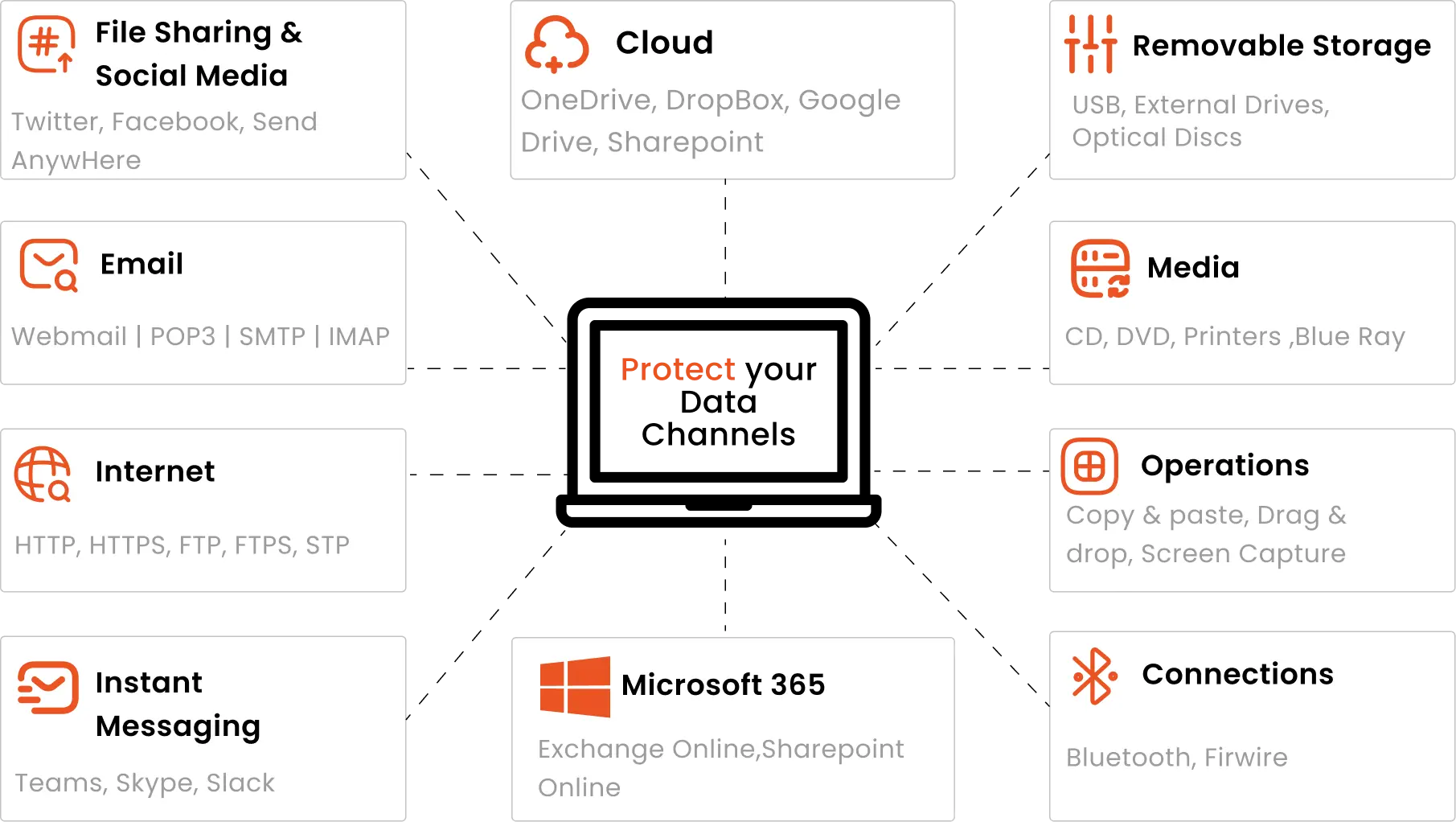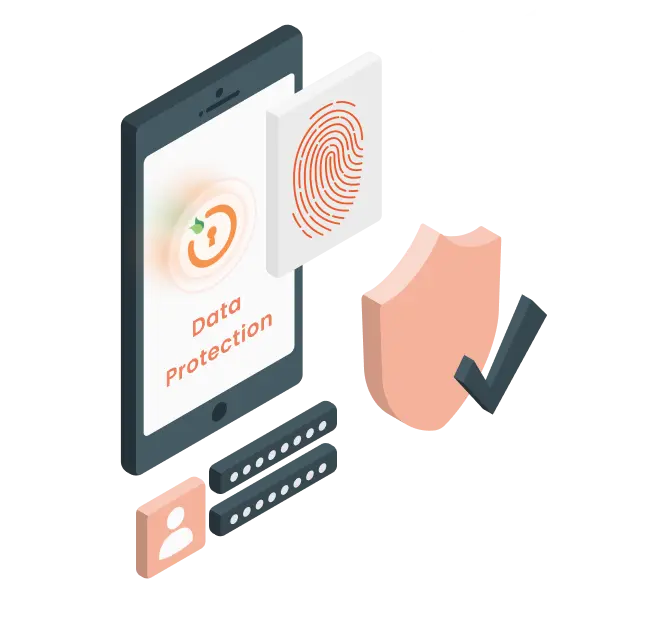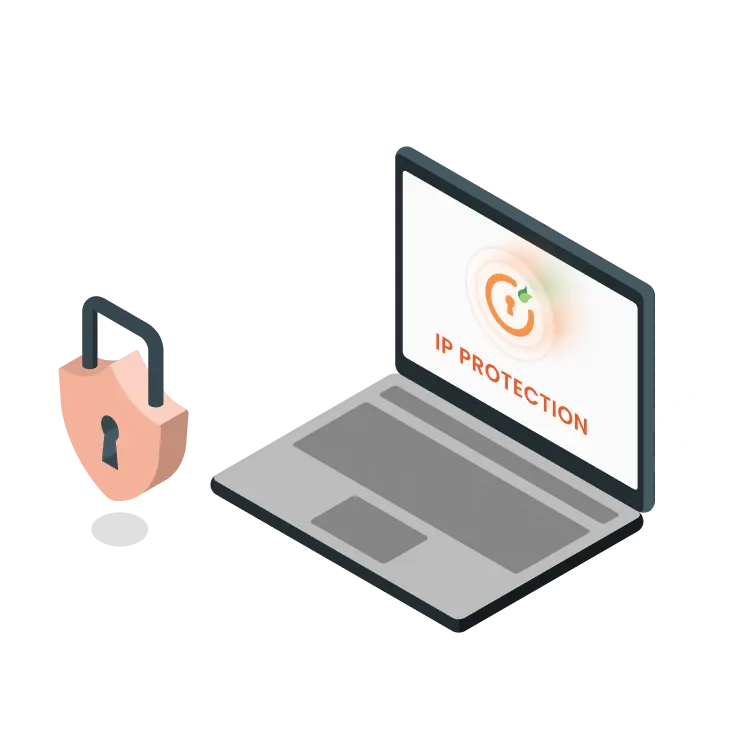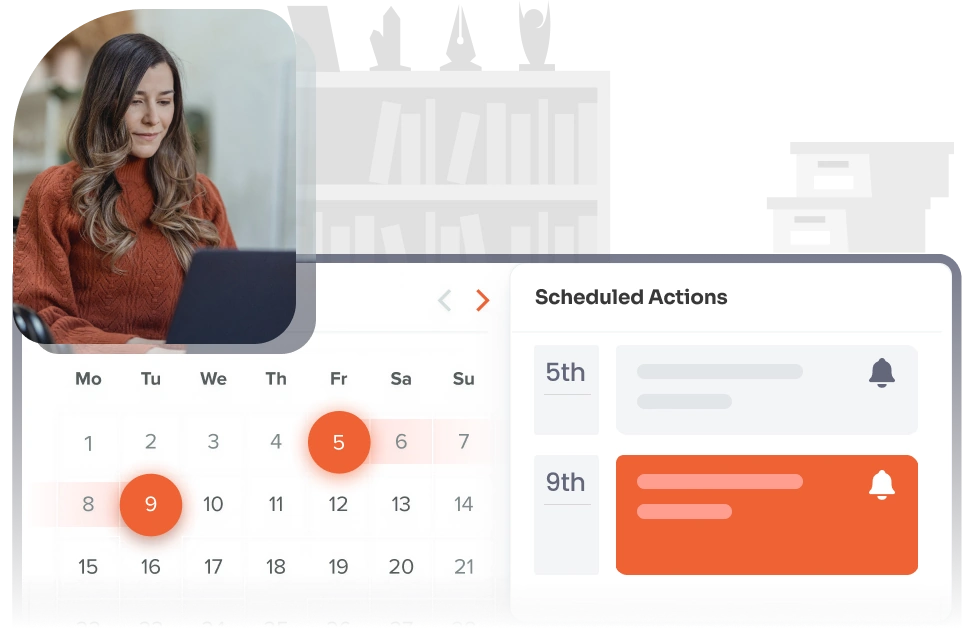Need Help? We are right here!
Search Results:
×Data Loss Prevention (DLP) is a set of tools and procedures that focuses on detecting and preventing the loss, leakage, or misuse of data through breaches, exfiltration transmissions, and unauthorized use. The implementation of DLP solutions enables organizations to effectively address their compliance obligations under standards such as HIPAA, GDPR, PCI DSS, and more. This proactive approach not only ensures regulatory adherence but also enhances the overall security posture of the organization.
Data Loss Prevention solutions protects the organization's data by identifying sensitive information which then uses deep content analysis to detect and block confidential information from being transmitted outside the organization's network. miniOrange DLP solutions uses algorithms that help to determine which data transfer must be blocked. For instance, the DLP solutions denies permission to users who go against the organization's policy as well as the users who attempted to send the sensitive information outside the organization.
In addition to safeguarding data within the organization’s network, DLP extends their protective measures to outbound the email traffic. With deep content analysis, miniOrange DLP solutions proactively detect and block the transmission of confidential information. It monitors outgoing emails for sensitive data and enforces rules to classify and secure information based on its importance. One can also set rules as per the organization's policies to classify data, such as financial data, mission-critical data or intellectual property, and establish appropriate levels of security based on the type of content and value to the business.


Network DLP solution offers comprehensive detection and protection across the network covering email, web traffic, file transfers, and other communication channels. It plays a critical role in protecting sensitive data across the organization's network infrastructure, establishing security policies to mitigate the data loss.

Endpoint DLP solution focuses on securing endpoint devices such as computers, laptops, desktops, servers, and mobile devices. It helps prevent data leakage from endpoints and enforce security policies on user devices.

Cloud DLP solution is designed to protect data stored in cloud storage systems. They protect data stored in the cloud systems by encrypting sensitive data, thereby ensuring the data is shared with only those cloud applications that are authorized by the organization.

Email DLP solution not only prevents files containing highly sensitive data from being shared via email platforms such as Outlook, Gmail, Office365 as attachments, but also provides an additional layer of security through quarantine capabilities. The quarantine feature adds an extra layer of protection, allowing organizations to carefully assess the content before allowing its transmission, further reducing the risk of data leakage.
Applications
Customers
Worldwide Support

Data Loss Prevention (DLP) solutions are crucial for protecting sensitive data against cyber threats, unauthorized access, and inadvertent leaks. These tools actively monitor, control, and secure data transfers, ensuring organizational data remains within secure boundaries. By scrutinizing data in motion, at rest, and in use, miniOrange DLP solutions ensures regulatory compliance and maintains business integrity, forming a critical defense line against data breaches and preserving the confidentiality and integrity of vital information. Data Loss Prevention (DLP) solution solves many of today’s cybersecurity and compliance challenges that can not be solved without help. Organization chase many threats to find the right solution to detect and stop them. An organization need DLP for 3 main objectives:

Does your organization collect and store Personally Identifiable Information (PII), Protected Health Information (PHI), or payment card information (PCI)? If so, you are more than likely subject to compliance regulations, such as HIPAA (for PHI) and GDPR (for personal data of EU residents), that require you to protect your customers’ sensitive data. Our DLP solutions can identify, classify, and tag sensitive data and monitor activities and events surrounding that data. In addition, reporting capabilities provide the details needed for compliance audits.
It’s a common practice for organizations to store intellectual property in document files, and a DLP will stop attackers from accessing and stealing trade secrets. With policies and controls in place, you can protect against unwanted exfiltration of this data. Our solution can block the transfer of files containing intellectual property entirely or limit it to whitelisted destinations such as other company email addresses or services. It can block USB and peripheral ports or allow only company-issued devices to connect to a computer.


Is your organization seeking to gain additional visibility into data movement? Our DLP solution can help you see and track your data on endpoints, networks, and the cloud. This will provide you with visibility into how individual users within your organization interact with data.

miniOrange DLP solutions safeguards unauthorized disclosure, and leakage of sensitive data by monitoring data movement, enforcing access controls, detecting and preventing potential security breaches in real-time.

miniOrange DLP solutions aids in achieving and maintaining compliance with various data protection regulations and industry standards such as GDPR, HIPPA, PCI, and DSS, thereby reducing the risk.

miniOrange DLP solutions can prevent suspicious attempts to send sensitive data by checking whether the user is authorized to do so. Additionally, for gmail and other email platforms, domain restrictions can be configured to limit access to approved domains, adding an extra layer of security.

It helps to identify and prevent potentially malicious or unauthorized actions related to data handling such as unauthorized access attempts, data transfers, or any other suspicious activity.

It provides comprehensive insights into data usage, access, and movement across an organization’s network, endpoints, and cloud environments. By offering granular monitoring and real-time alerts, organizations can effectively track user activities, identify anomalies, and enforce data protection policies to safeguard sensitive data.

It often includes features for data discovery and classification, which help organizations identify where sensitive data resides within their infrastructure and apply appropriate protection measures based on data sensitivity levels.







I can't speak highly enough regarding miniOrange, I am totally satisfied with the process and results in every regard.
5.0

Awesome tech service, Awesome product. Overall Awesome people. This solution is very simple and easy to implement
5.0
Data Loss Prevention(DLP) solution is essential for safeguarding sensitive information and maintaining the integrity of organizations data assets. It ensures that sensitive data is not accidentally or intentionally shared outside the organization’s network or to a user without access.
DLP solution also enables to enforce policies that govern how the sensitive data is accessed, shared, and stored. With granular visibility and actionable insights provided by the DLP solution, one can confidently address security threats, prevent data breaches, and maintain trust with customers, partners and stakeholders.
Common causes of data loss prevention include accidental deletion, hardware failure, malware attacks, human error, theft or loss of devices. These factors pose significant risks to data security and integrity, necessitating proactive measures such as data backup, encryption, access control mitigating the risk of data loss.
DLP policy is a set of rules, patterns and guidelines that define how an organization protects sensitive information from unauthorized access, leakage, or data breaches. It works by defining rules and criteria for identifying, monitoring, and controlling the flow of sensitive data within the organization's network and systems. These rules and criteria help determine what consitutes sensitive data, how it should be used, and who is authorized to access or share it. By analyzing the patterns, keywords, or regular expressions, DLP policy ensures that the sensitive information such as personal identifiers, finacial records, intellectual property, health related data and other sensitive information are handled appropriately within the organization's environment.
Data classification adds another layer of security when used with a DLP solution by allowing employees to mark highly sensitive documents. In this way, sensitive data becomes instantly recognizable to DLP solutions; scanning data classification tags makes it easier to ensure that the right policies are applied to restrict or block sensitive data transfers.
One can use this feature on top of the existing email provider like Google or Outlook. Our solution checks for all the outbound emails sent from your organization. One can block the email or send the email for approval to a line manager in case our DLP solution finds any policy violation.

Thank you for your response. We will get back to you soon.
Please enter your enterprise email-id.